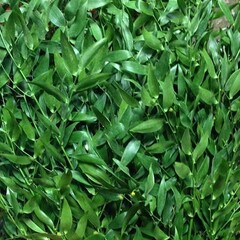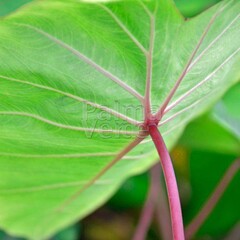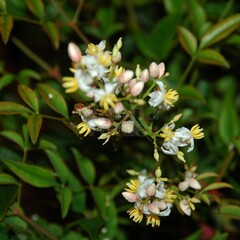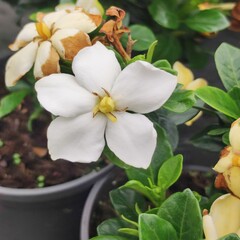- You have no items in your shopping cart...
- LoginRegister
By creating a customer account, your information will be automatically added to each order in the order form.
- All your orders and returns in one place
- The ordering process is even faster
- Your shopping cart stored, always and everywhere





















